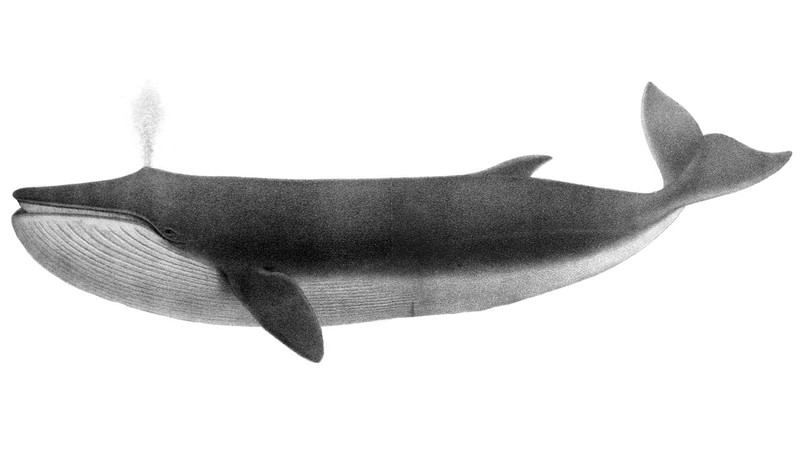Southern California city played key role in early 20th century in hunting of gray whales

It’s a heartbreaking site when a dead or dying whale washes up on a California beach, with little to be done no matter how many members of the public show up and forlornly watch or try to help.
An illuminating piece from Voice of San Diego looks at what happens and how, in a sense, it represents a degree of societal progress since the early 20th century.
MacKenzie Elmer wrote about what happened when a 52-foot whale washed up around Pacific Beach. The whale had to be towed more than a mile offshore before she could be dropped into the water, where she’d fall below.
“If she fell deep enough, past 1,000 feet where sunlight can no longer penetrate, her body becomes a ‘whale fall’—an instant ecosystem spurred by a feeding frenzy on her 8,000-pound carcass that can sustain marine organisms for months,” Elmer wrote. “Then, her skeleton can house a rich community of invertebrates and microbes for decades.”
Still, while the death of a gray whale is great for marine life, it’s tragic overall, with fewer than 100,000 surviving worldwide. And San Diego played a role in this, with Elmer writing that “California gray whales once teemed in San Diego Bay on their migratory routes” and “were menaces to small boats.”
It’s a piece that reminds us that the past is never that far away in California and that there can be long-term consequences for even what seem like justifiable decisions in the moment.
Read the article “Environment Report: Blood on the Sand” on VoiceOfSanDiego.org.